The content of the article
There is a growing interest in healthy nutrition: environmentally friendly, rich in minerals and vitamins, easily digestible, non-allergenic, beneficial for children and adults - this should be so. Spinach grown on its own plot meets all these requirements.
Why is it worth growing spinach
The green vegetable, which is very popular in Europe and in America, is still not very popular among us. And in vain:
- it grows fast;
- surprisingly unpretentious;
- little prone to disease;
- unsurpassed by the richness of the composition.
For comparison, the amount of potassium, magnesium, calcium, iron, phosphorus, spinach is several times greater than the popular cabbage. And there is more protein in it, and basic vitamins.
When and how to sow
Cold-resistant spinach can be sown as early as possible as soon as the surface layer of the earth thaws slightly. The seeds sown in early spring will be well saturated with moisture and will sprout together.If the soil is dry, the seedlings may linger, as it is difficult for the shoots to break through the dense seed coat. To speed up the emergence of shoots, it is desirable to soak the seeds for several hours in slightly warm water, and carefully sow the furrows before sowing.
The sowing depth should be at least 2-3 cm. In the sandy soil it is necessary to sow deeper, in the clay - smaller. The distance between the rows make 15-25 cm, depending on the type of plant. Between the seeds in a row, it is desirable to make an interval of not less than 5 cm, so that the shoots do not stretch out and the bushes grow dense. Sowed seeds should be pressed to the ground, thereby increasing their contact with the soil. Shoots will appear in 10-14 days.
About a month after the emergence of shoots, you can begin to harvest the first harvest. Crops can be repeated every two weeks, until mid-May, getting a continuous conveyor of fresh, nutritious greens. In summer, spinach grows poorly: it quickly “goes to the arrow”, the foliage becomes shallow. This feature of the plant allows you to use spinach as a condensing culture or as a plant precursor for heat-loving vegetables, which are planted only in May-June: tomatoes, zucchini, cucumbers, peppers.Joint planting is also recommended because spinach roots secrete substances that favorably affect the root system of other plants.
At the end of the summer, crops are resumed. It is permissible to sow spinach until the end of September, then it will have time to fully grow before winter. But, even if you are late with the harvest, spinach may well overwinter and be the very first vegetable from your plot the next spring.
Spinach sown also in the winter. The optimal time for this comes when the temperature of the soil falls below 5 degrees, usually in late October. The second variant of podzimnogo sowing involves the preliminary preparation of the beds, cutting furrows, in which the seeds are sown after the soil freezes and sprinkled with soil stored in heat. Subwinter crops use all the rich stock of spring moisture, become hardened and give thick-set lush bushes.
Peculiarities of care
In order for a vegetable to be born, it needs two main conditions: good soil and timely watering. The best soils for spinach are loam with a sufficient amount of organic matter in them.Sandy soil is least suitable for spinach, but it can be improved by systematically adding organic matter. However, in the year of planting organic fertilizers can not be applied, this rule applies not only to green crops, but also to most vegetables. The fact is that organic contains too many microorganisms, many of which can be dangerous to humans and plants.
Regular watering has a beneficial effect on the quality and quantity of the crop. If you can organize them daily or every other day, it will be perfect. It is permissible to water the spinach once a week, but in this case the watering should be abundant, and the aisle must be mulched or covered with any covering material to limit the evaporation of moisture.
Spinach does not need feedings. It develops too quickly and it usually lacks the mineral elements present in the soil, and the plant will not have time to recycle the added substances. Therefore, the introduction of fertilizing can make the product almost unsuitable for human consumption. It is permissible, when sowing, to deposit a small amount of urea into the soil.
It is not desirable to be late with weeding.Spinach is a very light-loving plant and even a slight shading adversely affects the quality of its foliage, the amount of useful substances in it. Fortunately, gaining some strength, spinach widely spreads its leaves, limiting the possibility of growth for new weeds.
Harvesting
To remove spinach bushes begin when they form 5-6 leaves. The collection of grown-up spinach sockets is combined with its thinning, at the same time increasing the intervals between the remaining bushes. A fully matured plant is considered to have formed 9-12 leaves.
Part of the plants can be left to obtain seeds. It is necessary to take into account that spinach is a dioecious plant: there are specimens with staminate and pistillate flowers, you need to leave both those and others. After pollination, the male plants will soon wither, and the female plants will grow to ripen seeds, which are arranged in small groups along the upper part of the stem.
Spinach growing is a great opportunity to enrich your table with healthy food, to provide good nutrition for children. Spinach is the health of the family and the vegetable garden!

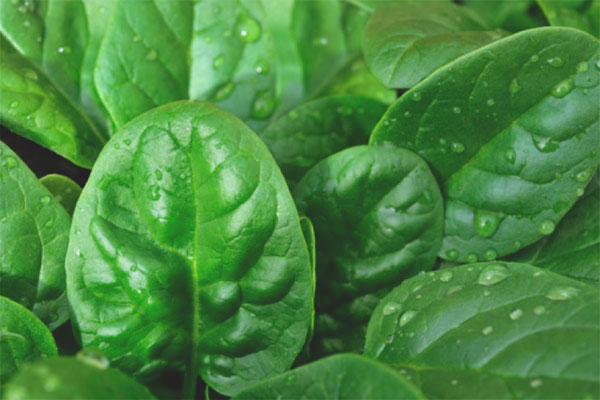



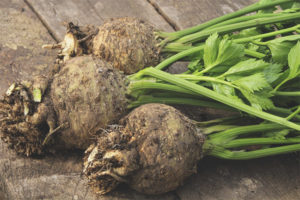
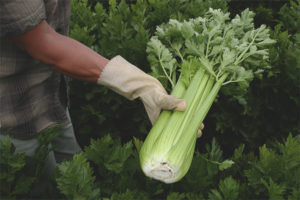

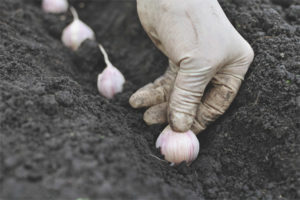
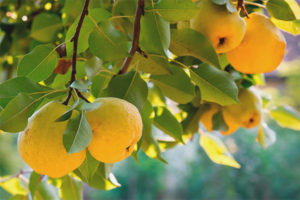
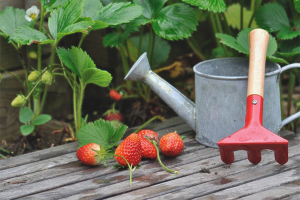

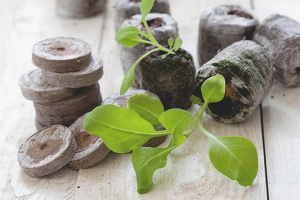
To send